According to Business Insider, one of Russia's most secretive agencies, the General Directorate for Deep-Sea Research (GUGI), could play a key role in a potential conflict between Russia and the West. Russia has not commented on the information below.
Separate from the Russian Navy
GUGI was established in 1965 and is considered to oversee Russia’s critical maritime infrastructure, including undersea cables and energy pipelines. Although it is part of the Russian Ministry of Defense , it is separate from the navy, according to Sidharth Kaushal, a sea power researcher at the Royal United Services Institute (RUSI).
Little is known about GUGI’s evaluation and selection process, but it appears to be an elite force and very difficult to join. According to Kaushal, candidates must be officers with at least five years of experience working with submarines, and will undergo training similar to that of Soviet cosmonauts. The July 2019 fire on the Losharik, a submarine operated by GUGI, proved this speculation correct, as all 14 sailors killed in the accident were confirmed to be officers.
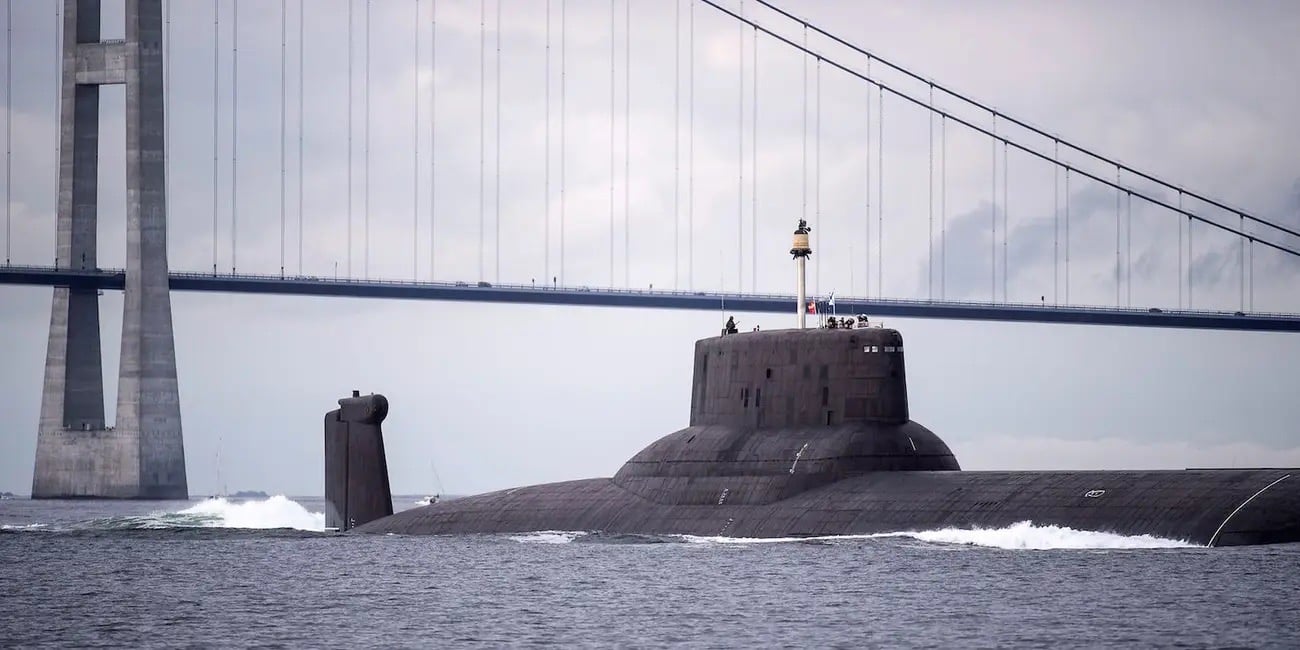
A Russian ballistic missile submarine enters the Baltic Sea in 2017.
The specialization is also reflected in the salaries of employees. According to Mr. Kaushal, GUGI members receive “significant salaries” because the organization considers this “a reward for the time spent working at extreme depths.” The expert provided unconfirmed figures that in 2012, GUGI employees were paid 600,000 rubles ($7,000) per month.
In terms of its force structure, according to Business Insider , GUGI operates a number of submarines and surface ships. About six specialized nuclear-powered deep-sea submarines, three of which are mini-submarines that can dive to 1,000 meters. The Losharik alone is capable of reaching infrastructure at a depth of 3,000 meters. However, their small size limits their range. To overcome this, GUGI's fleet is equipped with two additional nuclear-powered submarines that can carry smaller vessels under their hulls and bring them closer to their targets. GUGI also operates the nuclear-powered special task force ship Belgorod, the world's longest submarine, which can carry a Losharik.
GUGI has several surface vessels, notably the Yantar survey ship, which can carry a manned submersible to depths of 6,000 meters to map underwater pipelines and cables. Earlier, American expert HI Sutton, who specializes in Russian submarines, told The Barents Observer in 2018 that Moscow has "invested heavily in this secret fleet, even in difficult economic times."
What mission?
While Russia has never confirmed it, News.com.au quoted Western intelligence officials as saying that GUGI was behind the mapping, development and testing of the deep-sea impact vessel. The agency is also believed to be responsible for maintaining Russia’s underwater sensor network and monitoring near its maritime fortresses, the RUSI report said.
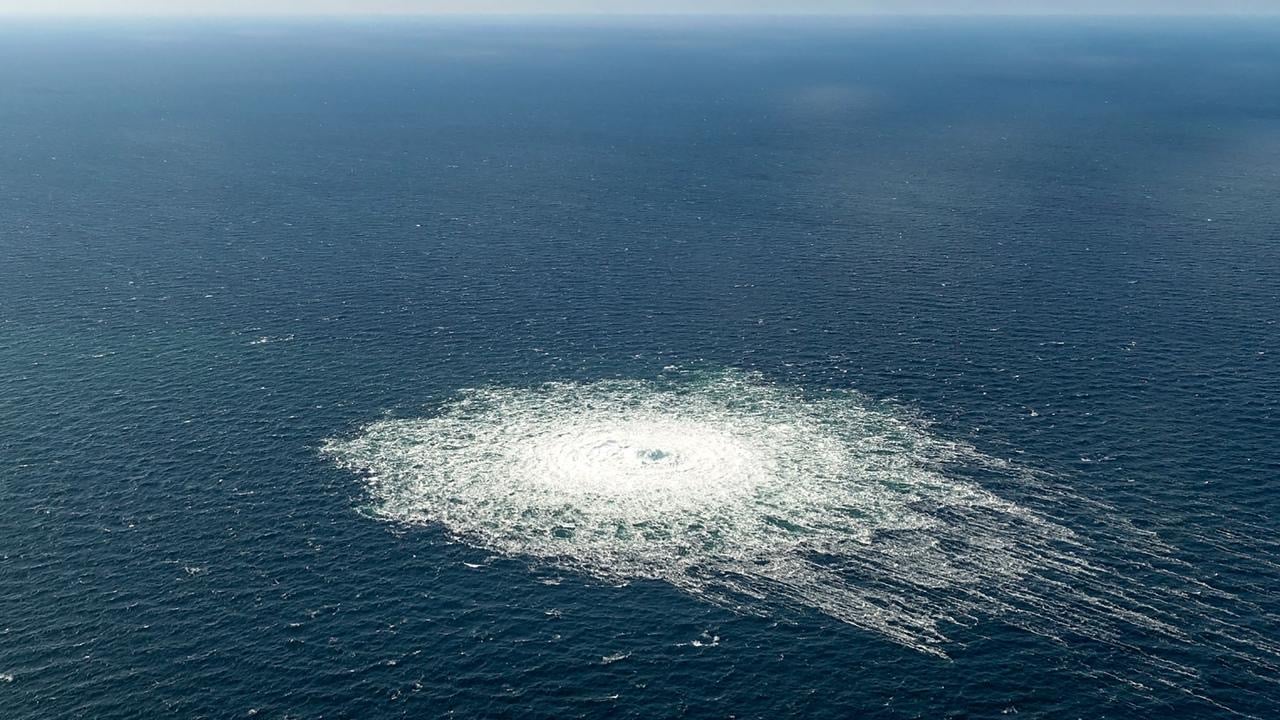
Gas leak in Nord Stream 2 gas pipeline in September 2022
According to Business Insider , the Yantar was spotted lingering near undersea cables west of Ireland in 2021. Personnel from the St. Petersburg unit, one of GUGI's two bases, were also spotted near the Nord Stream 2 pipeline when construction was completed in the middle of that year. After the conflict in Ukraine broke out in 2022, the claims against Russia continued to be repeated. NATO's intelligence agency warned that Russia could attempt to sabotage undersea cables in retaliation for the West's support for Ukraine. Russia has also made similar accusations against its adversaries.
However, according to Business Insider , it is difficult to attribute specific espionage or sabotage to GUGI because of the secretive nature of its operations, and because the Russian navy also has similar missions. The Russian navy operates oceanographic research vessels that the West believes function as spy ships and may share data with GUGI.
The AP reported this week that investigators found traces of explosives in samples taken from a yacht during the probe into the sabotage of the Nord Stream gas pipeline last September.
However, European diplomats said the investigation has not yet determined who sabotaged the pipelines carrying Russian natural gas to Germany, or whether any specific country was involved. Russia and the West have blamed each other for the sabotage. Since the explosions, NATO has increased its presence in the Baltic and North Seas, sending dozens of ships, planes and underwater equipment such as drones to the region.
Source link







![[Photo] General Secretary To Lam attends the 80th Anniversary of the Cultural Sector's Traditional Day](https://vstatic.vietnam.vn/vietnam/resource/IMAGE/2025/8/23/7a88e6b58502490aa153adf8f0eec2b2)

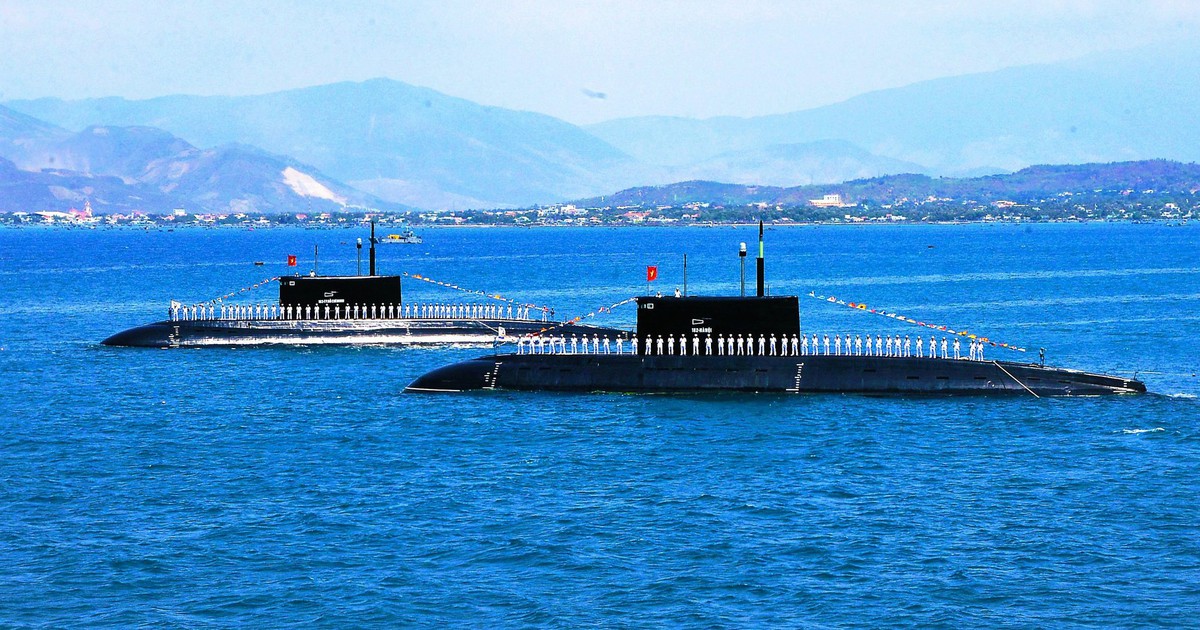

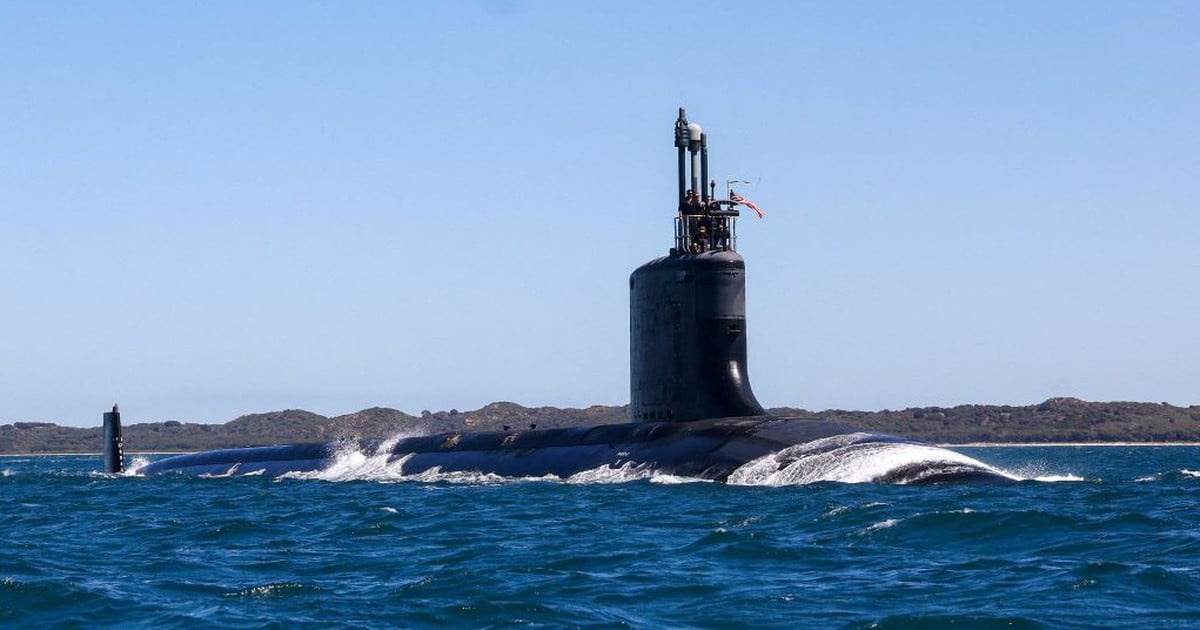


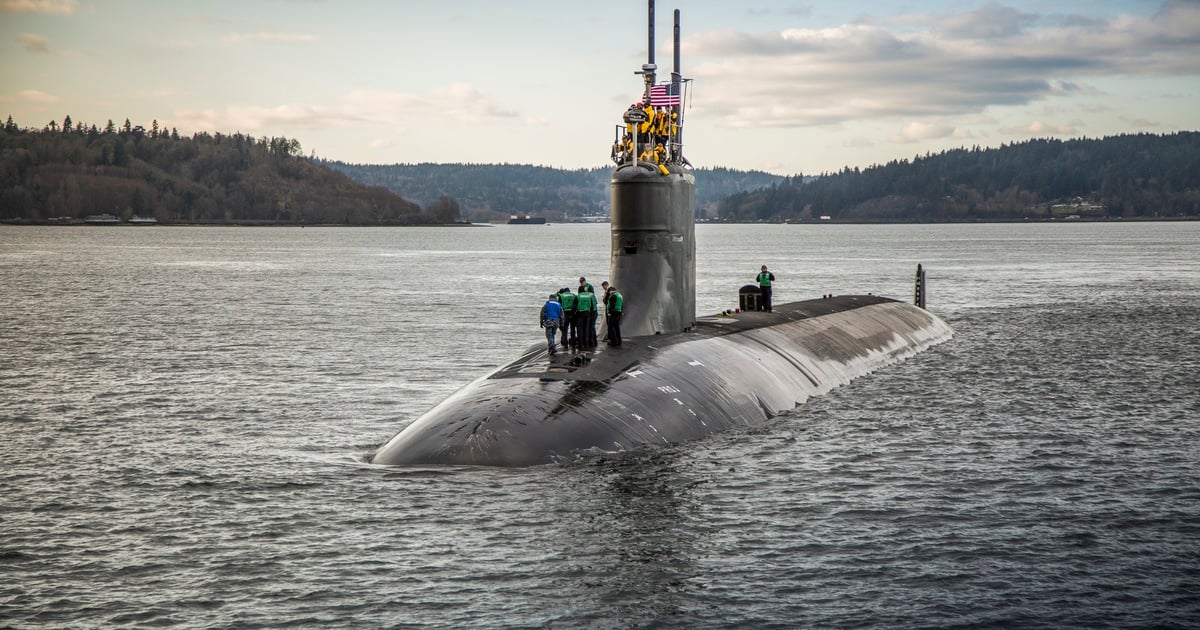
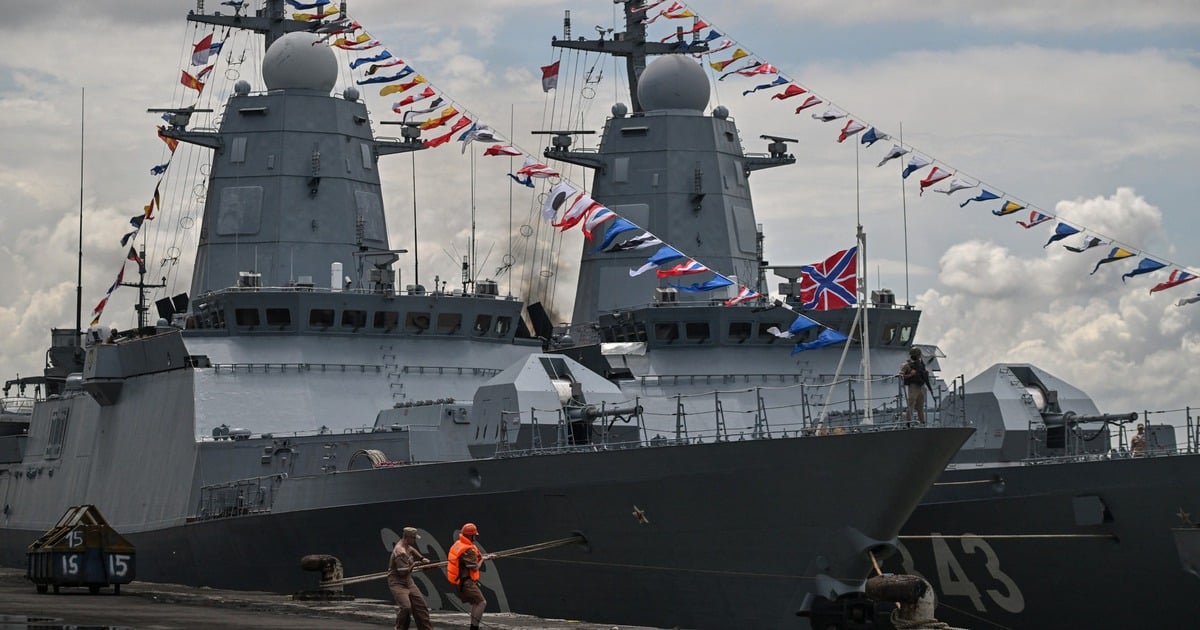














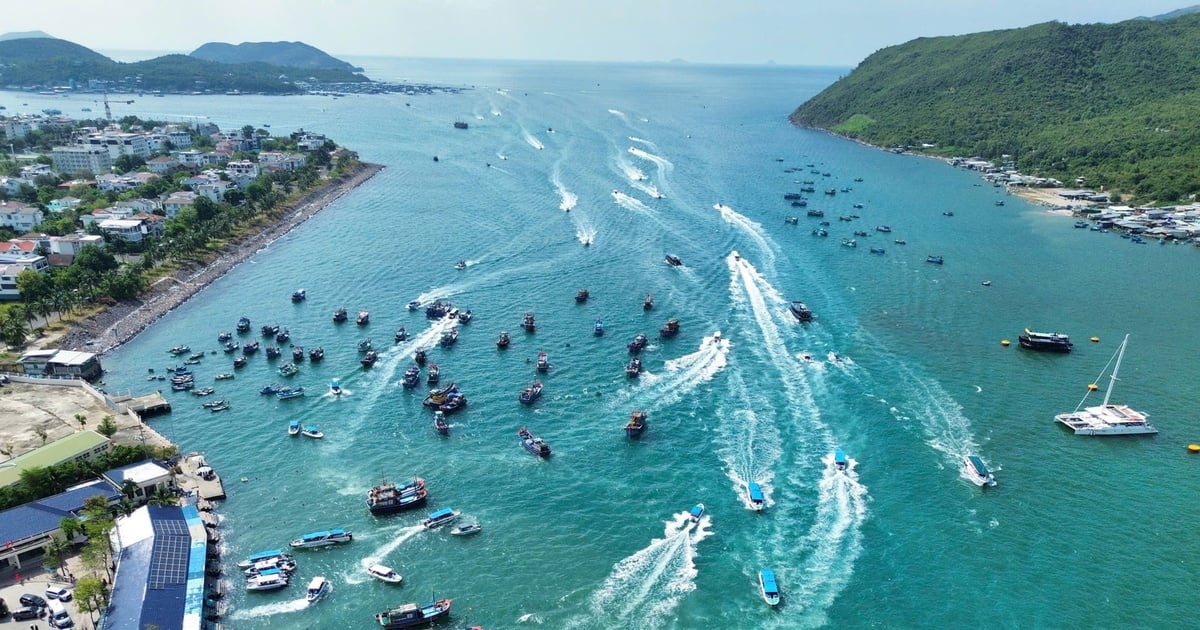











































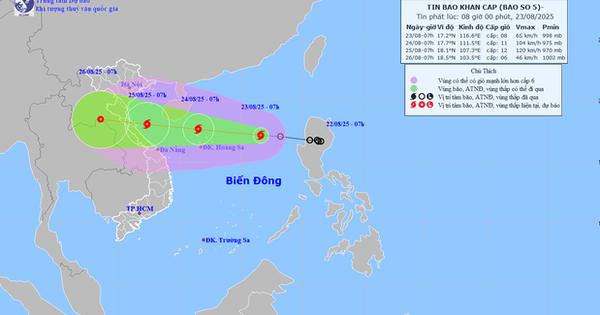

























Comment (0)